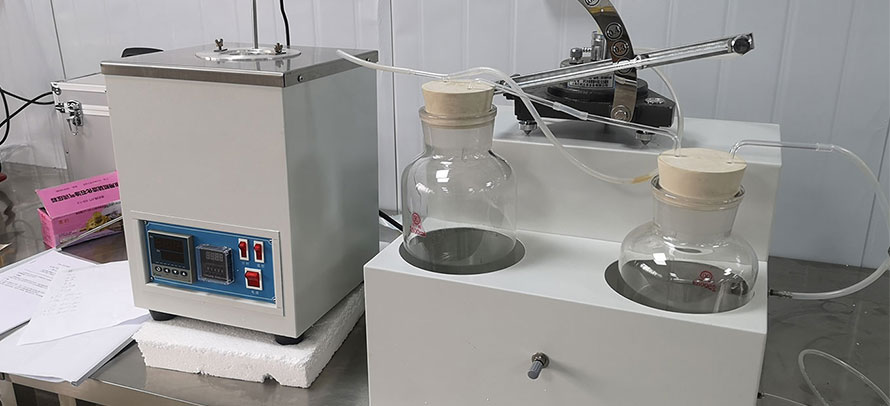ASTM D2427 Method for Determination of C2 through C5 Hydrocarbons in Gasolines
ASTM D2427 Standard Test Method for Determination of C2 through C5 Hydrocarbons in Gasolines by Gas Chromatography
3. Summary of Test Method
3.1 The sample is injected into a gas-liquid partition column. The components are separated as they pass through the column with an inert carrier gas and their presence in the effluent is detected and recorded as a chromatogram. Materials containing components having more than five carbon atoms can either be backflushed from the system without measurement, or recorded as a broad peak by reversing the direction of the carrier gas through the column at such time as to regroup the higher-boiling portion (C6 and heavier) of the sample. If backflushing is used, the concentration of C2 through C5 hydrocarbons may be related to the whole sample by adding a known quantity of low-boiling internal standard to the sample prior to analysis. Alternatively, a known amount of sample can be charged and compared to a standard sample run under the same conditions. Sample composition is determined from the chromatogram by comparing peak areas with those obtained using known amounts of calibration standards or a synthetic blend.
4. Significance and Use
4.1 In hydrocarbon type analyses of gasolines, highly volatile fuels can need to be stabilized by depentanization (Test Method D2001) prior to analysis. A knowledge of the composition of light hydrocarbons in the overhead from the depentanization process is useful in converting analyses of the depentanized fraction to a total sample basis.

